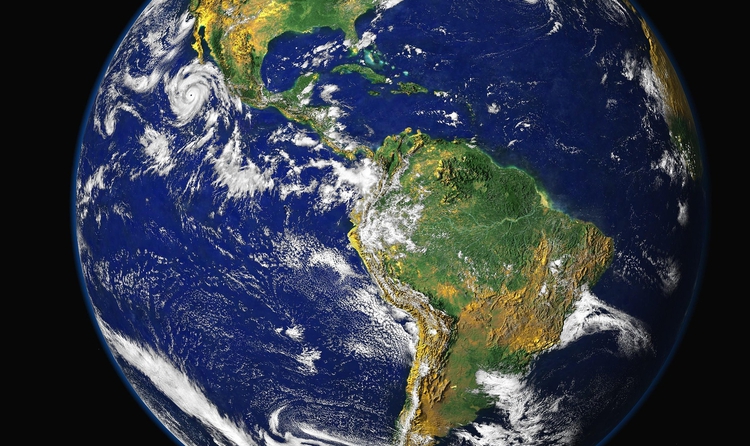What has (and has not) been discovered about the rotation of Earth’s core

It is believed that the inner core of the Earth rotates differently from the rest of the planet and that its speed varies from time to time

This Monday, 23 January, newspapers around the world published the news that a couple of scientists from Peking University in China had allegedly discovered that Earth’s core “had stopped” or, specifically, that its rotation was slowing down.
Critiques of these headlines by the scientific community did not take long to appear; neither did claims by personalities with a certain level of media presence, taking advantage of the news to deny that the origin of the current global warming is caused by human activity, something that was demonstrated decades ago.
But the scientists at the Institute of Theoretical and Applied Geophysics at Peking University did not discover that the rotation of the core was halting, nor is there any evidence that this alleged halt has affected the climate. What they did observe, as they state in the paper, is that the Earth’s inner core, more than 5,000 km beneath the Earth’s surface, is believed to rotate differently from the rest of the planet, with speeds that vary every so often.
How did they figure that out? By observing the seismic waves produced after the generation of certain earthquakes at specific locations in the South Pole, but at different times in history. Maurizio Mattesini, geophysicist of the Spanish National Research Council (CSIC) and expert in the Earth’s internal structure, explains it to Verificat in simple terms: the core (the innermost layer of our planet) “basically travels at a speed very similar to that of the mantle (the layer immediately above it)”, but “there is a small lag” and sometimes “it moves forward a little bit, other times it slows down”.
What Mattesini saying is that the paper describes a pattern of increasing and decreasing speeds, and that there have been times – specifically in 2009 – when it was observed that the inner core spins at the same speed as the rest of the Earth. So if someone is on the surface of the Earth and it is rotating, since the inner core spins a little more slowly, for the person on the surface, it is as though the core weren’t spinning, or it would even appear that it were spinning in the opposite direction.
Mattesini believes that this “alarmist response” may have been triggered by the parallel publication of a report in Nature whose title is “Has Earth’s inner core stopped its strange spin?” which could have led to misinterpretations.
The still unconfirmed hypothesis is not new
The finding by the researchers in China, published in Nature Geosciences, is not new. Rather, it provides additional evidence to the evidence that had been published by the same magazine in 2013, which suggested that the rotation rate of the Earth’s inner core varies over time with respect to the mantle. In other words, sometimes it spins more quickly and other times more slowly. They called this phenomenon “the shuffling rotation”.
With the latest data, what the researchers at Peking University discovered is that, on average since 1969, when they began measuring the rotation of the Earth’s core, “the length of the day has changed by at most one millisecond”, Mattesini concludes.
However, it is still too early to draw conclusions from the study because it is an unconfirmed hypothesis. “It’s a model based on data and there’s no consensus among scientists”, Nahúm Méndez Chazarra, geologist at the University of Granada and science educator, tells Verificat. The scientist insists that “we have to be very cautious about the impact of this cycle, which, on our scale, is not as catastrophic as some people are making it seem”.
The Geological and Mining Institute of Spain (IGEO-CSIC) stated the following in a Twitter thread: “We are going to need a few years to confirm this hypothesis, but what we can conclude [is that] the core is more complex than what we thought, possibly much more heterogeneous, and may have a greater influence on the surface (in addition to the geomagnetic field) than we had previously thought”.